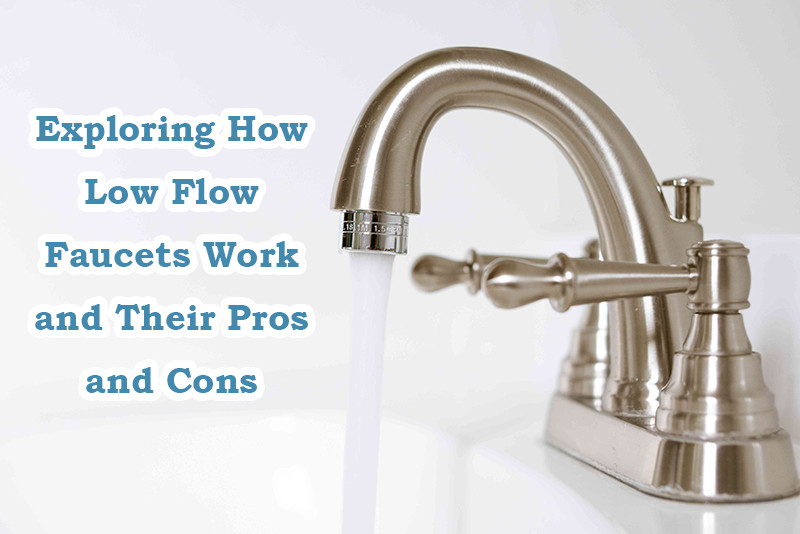
In recent years, a growing emphasis on sustainability and water conservation has led to innovations in various aspects of our daily lives. One such innovation is the introduction of low-flow faucets and fixtures, designed to minimize water consumption without compromising functionality. This article delves into the mechanics of low flow faucets, exploring their advantages and disadvantages as we navigate the path towards a more water-efficient future.
How Do Low Flow Faucets Work?
Low-flow faucets operate on a simple yet effective principle: reducing the flow rate of water while maintaining sufficient pressure for everyday tasks. Traditional faucets typically have a flow rate of around 2.2 gallons per minute (GPM), whereas low-flow faucets aim to operate at 1.5 GPM or lower. Achieving this reduction involves incorporating various design elements and technologies.
- Aerators: A key component in low-flow faucets, aerators mix air with water, creating a steady stream while reducing the overall water usage. These small devices are installed at the faucet’s spout, regulating the flow without sacrificing water pressure.
- Cartridges and Valves: Modern low-flow faucets often employ advanced cartridges and valves that efficiently control the water flow. These mechanisms ensure that the desired pressure is maintained while minimizing unnecessary water wastage.
- Pressure Compensating Devices: Some low-flow faucets incorporate pressure compensating devices that adjust the water flow based on the incoming pressure. This ensures a consistent flow rate, irrespective of variations in water supply pressure.
Advantages of Low-Flow Fixtures
- Water Conservation: The primary benefit of low-flow faucets is their significant contribution to water conservation. By reducing the amount of water used in daily activities such as handwashing and dishwashing, these fixtures help alleviate the strain on water resources.
- Energy Efficiency: Using less hot water also translates to energy savings. Since a substantial portion of household water is heated, low-flow faucets indirectly contribute to energy efficiency, reducing both water and energy bills.
- Cost Savings: While the initial cost of installing low-flow fixtures may be higher, the long-term savings on water and energy bills make them a cost-effective choice. Many regions also offer incentives or rebates for adopting water-efficient technologies.
- Environmental Impact: By conserving water and energy, low-flow faucets contribute to a smaller carbon footprint. The environmental impact of water extraction, treatment, and heating is reduced, aligning with global efforts to combat climate change.
Disadvantages of Low-Flow Fixtures
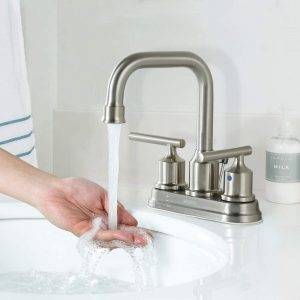
- Perceived Pressure Reduction: One common concern associated with low-flow faucets is the perceived reduction in water pressure. While modern designs aim to maintain adequate pressure, some users may find the sensation different from traditional high-flow faucets.
- Compatibility Issues: Older plumbing systems may face compatibility issues when transitioning to low-flow fixtures. In some cases, upgrades to pipes and fittings might be necessary, adding to the overall cost of installation.
- Clogging Risks: The use of aerators, while beneficial for water conservation, can lead to mineral deposits accumulating over time, potentially causing clogs. Regular maintenance is crucial to prevent such issues and ensure the continued efficiency of low-flow faucets.
- Limited Application: Low-flow faucets may not be suitable for all applications. Tasks that require a higher water flow, such as filling large pots or deep cleaning, may be less convenient with low-flow fixtures. In such cases, users might need to adjust their habits or have alternative solutions available.
Additional Considerations
- Installation and Retrofitting: When considering low-flow fixtures, it’s essential to assess the ease of installation and any retrofitting requirements. Some newer models are designed for easy installation, while others may require professional assistance.
- Government Regulations and Incentives: Many regions have implemented water conservation regulations, and some offer incentives for adopting low-flow fixtures. Understanding local regulations and taking advantage of available incentives can further encourage the adoption of these water-saving technologies.
- User Education and Awareness: Promoting user education and awareness about the benefits and operation of low-flow faucets is crucial for widespread adoption. Understanding how to use these fixtures optimally ensures maximum water and energy savings.
Conclusion
Low-flow faucets and fixtures represent a significant stride towards sustainable living by addressing the pressing need for water conservation. Their innovative designs, incorporating aerators, advanced valves, and pressure compensating devices, showcase the intersection of technology and environmental consciousness.
While the advantages of low-flow fixtures, including water conservation, energy efficiency, and cost savings, are evident, it’s essential to consider potential disadvantages such as perceived pressure reduction, compatibility issues, clogging risks, and limited application. Users must weigh these factors based on their specific needs and circumstances.
As we navigate the path towards a water-efficient future, the adoption of low-flow faucets stands as a tangible and impactful step, contributing to the broader goal of environmental sustainability.
 WOWOW Faucets
WOWOW Faucets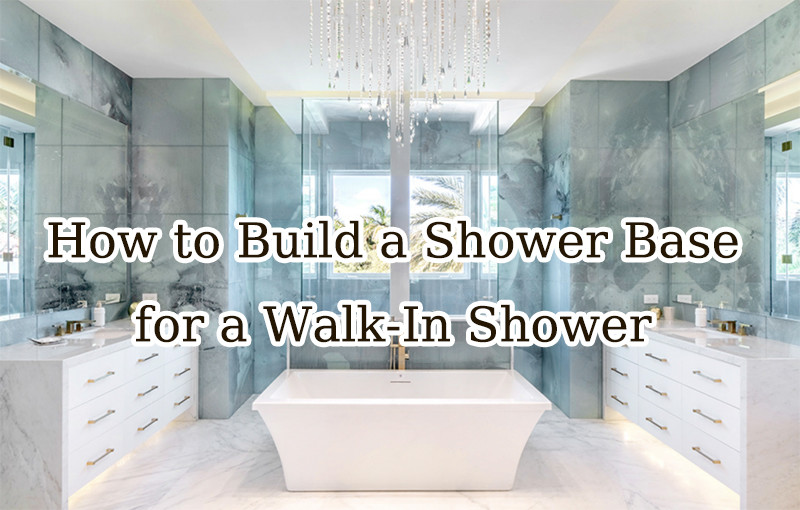
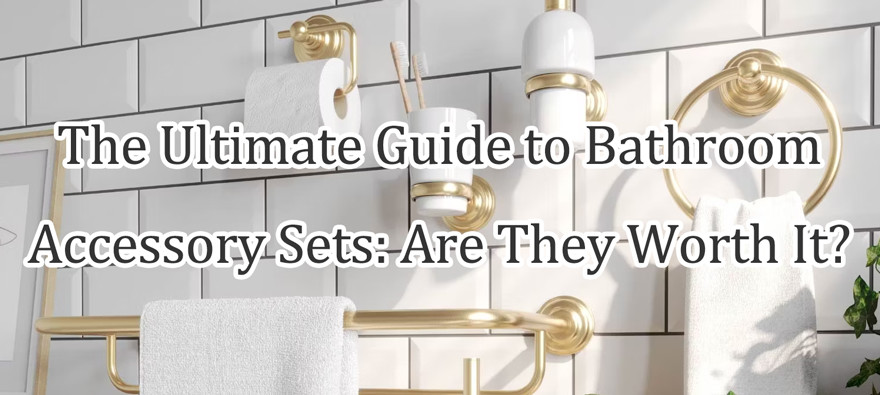
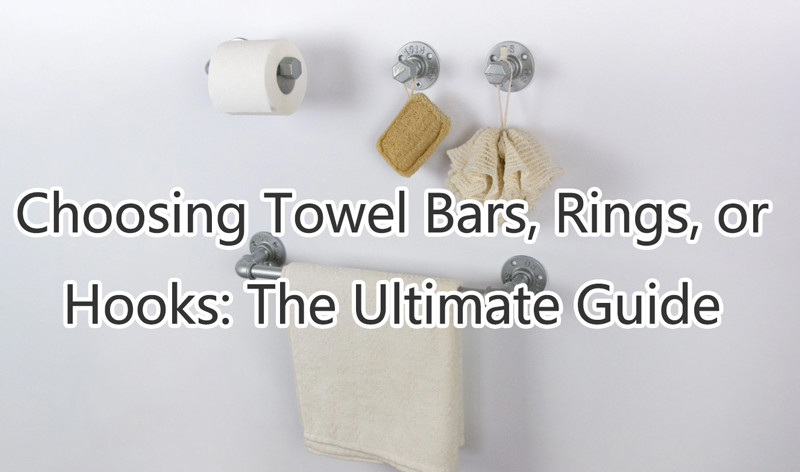
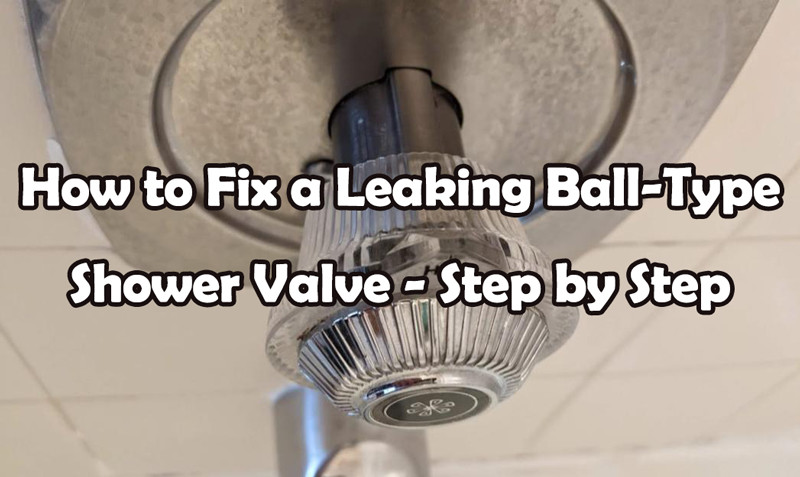
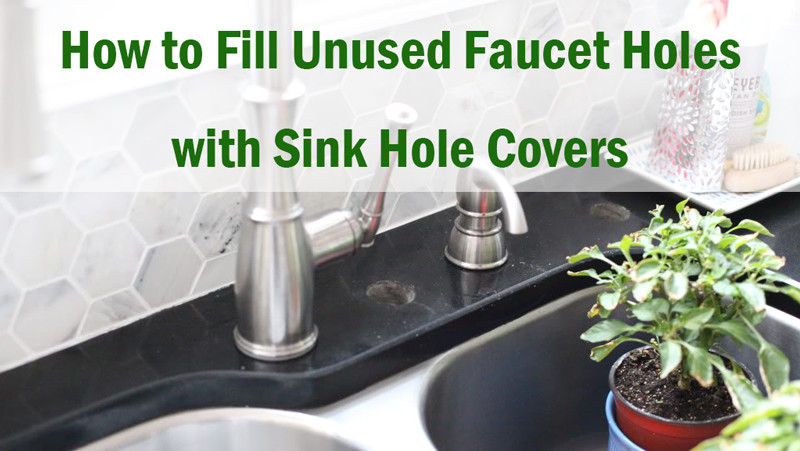
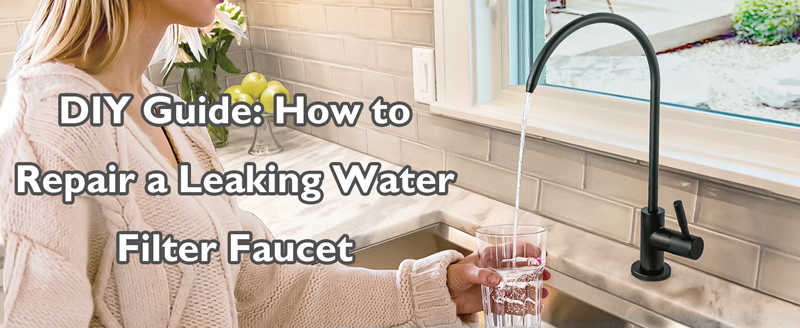
您好!Please sign in